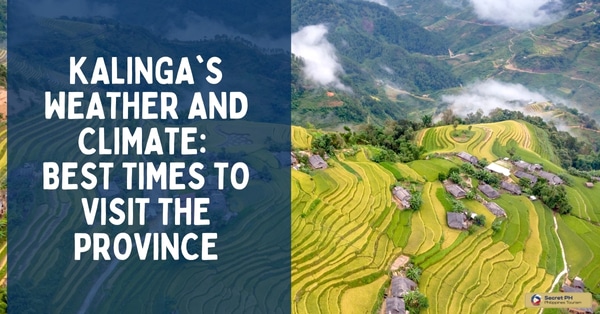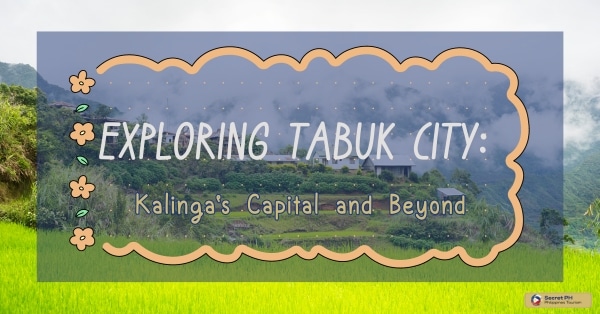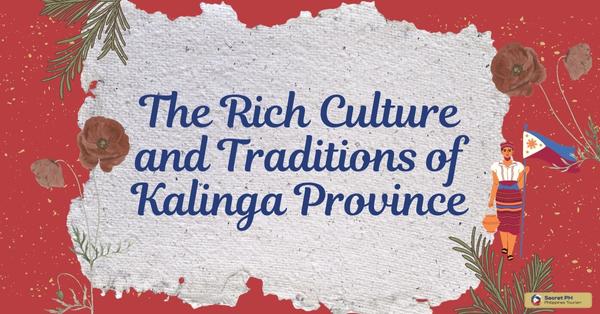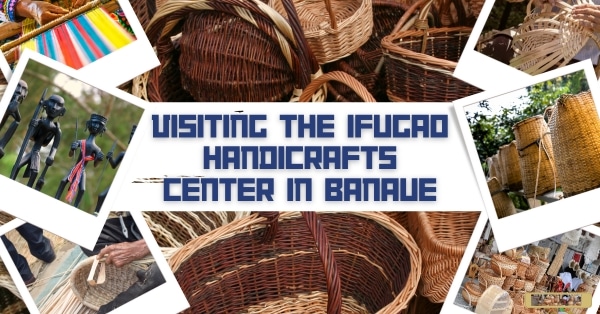The Philippines’ weather affects its culture and traditions. The dry season, from November to May, is a time for festivals that showcase creativity, hospitality, and religious beliefs. The rainy season, from June to October, is also a time for celebration and thanksgiving, exhibiting the Filipino people’s resilience and positivity.
In this blog post, we explore the cultural significance of seasons in the Philippines, as well as some of the most famous festivals, celebrated during the wet and dry seasons. We’ll also discuss how extreme weather events and climate change are impacting Filipino culture, and what steps can be taken to ensure the sustainability of these important traditions.
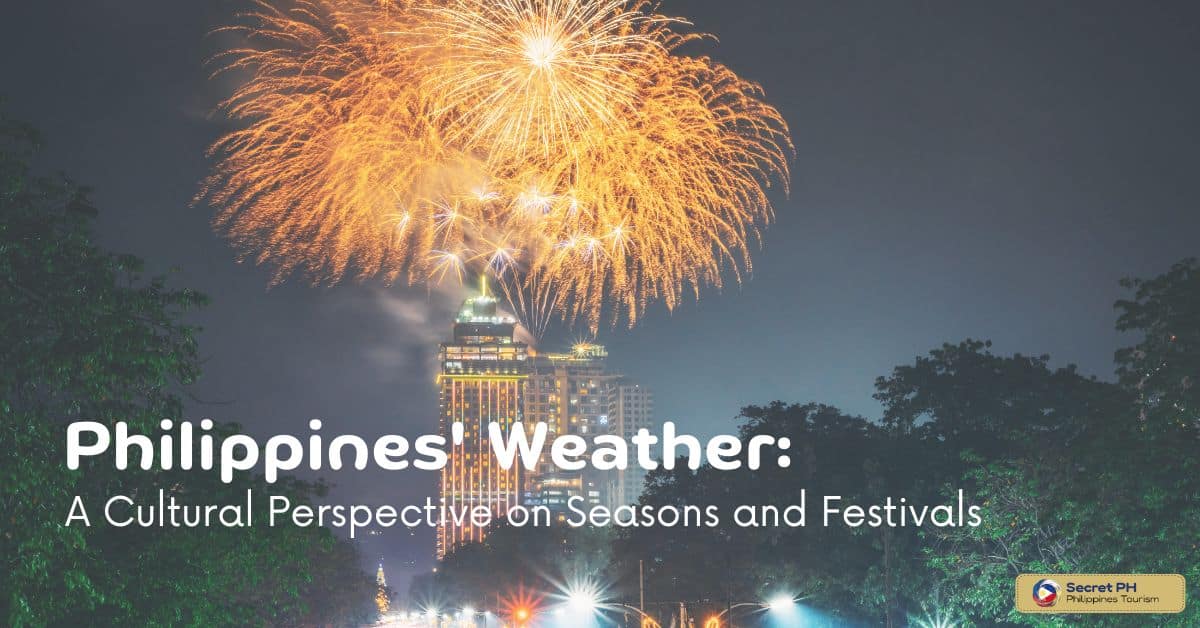
Cultural Significance of Seasons in the Philippines
The Philippines, a tropical archipelago, experiences only two seasons – the wet and the dry. Despite this, each season holds significant cultural value for Filipinos.
During the wet season, known as the “habagat” or southwest monsoon, farmers plant their crops while fishermen take to the sea to catch fish. Meanwhile, the dry season or “tag-init” marks the start of the harvesting season and is traditionally celebrated with festivals and feasts.
Filipinos also associate certain beliefs and practices with each season, such as the ritual of “pagpapawis” or sweating during the summer to ward off illnesses. The seasons in the Philippine culture are not just markers of climate change but also reflect their deep connection to tradition and the natural world.

Festivals Celebrated During the Dry Season
The dry season in the Philippines, which runs from November to May, is a popular time for festivals that celebrate the country’s culture and traditions. Here are some of the most famous festivals celebrated during the dry season:
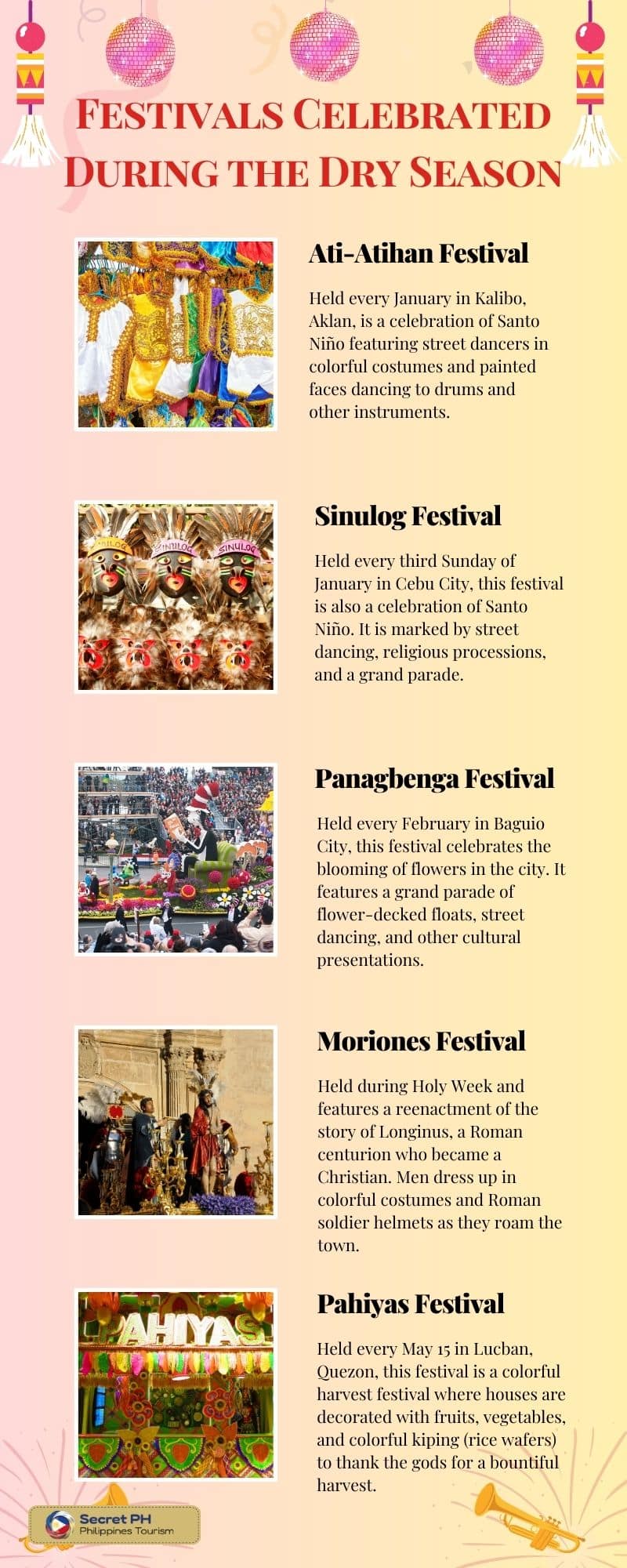
These festivals are not only a celebration of culture and religion but also a way to showcase the creativity and hospitality of the Filipino people. They attract both local and foreign tourists and provide a boost to the economy of the country.
Festivals Celebrated During the Rainy Season
While the rainy season in the Philippines, which typically runs from June to October, can bring typhoons and flooding, it is also a time for celebration and Thanksgiving. Here are some of the festivals celebrated during the rainy season:
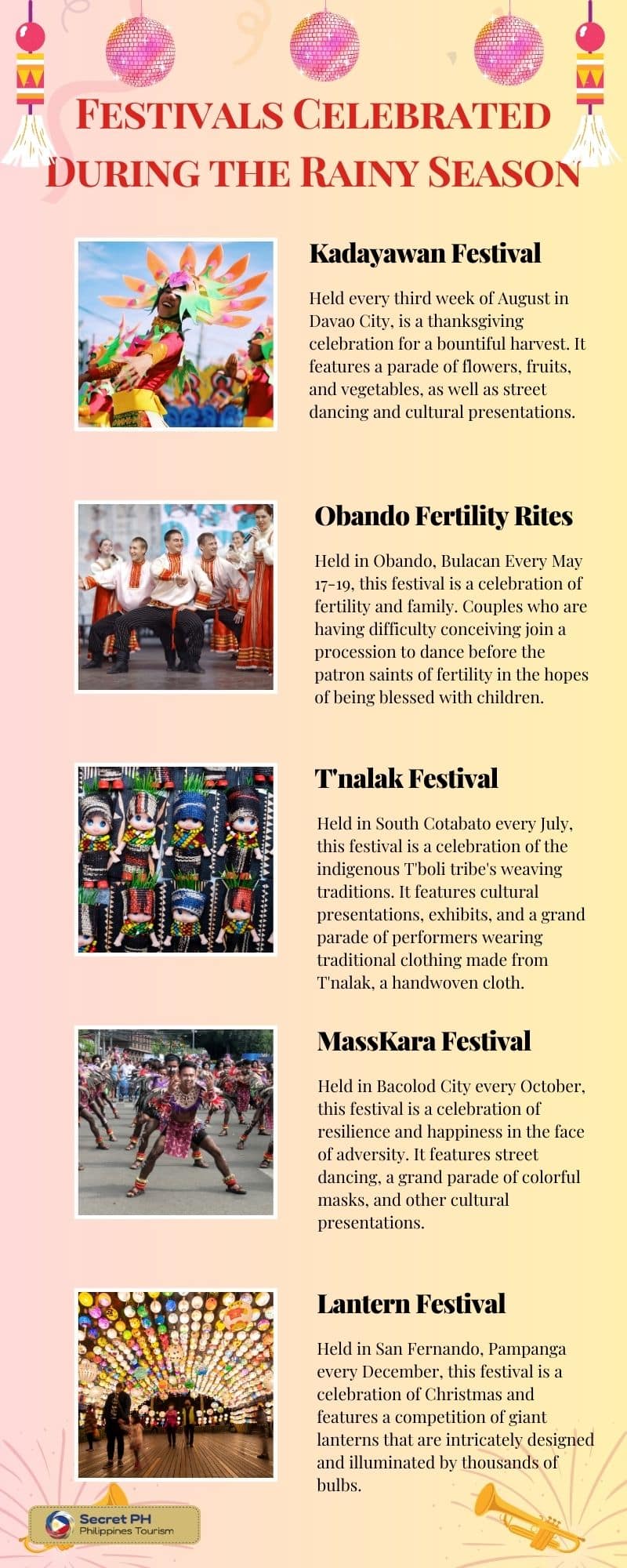
These festivals not only showcase the rich culture and traditions of the Philippines but also demonstrate the resilience and positivity of the Filipino people in the face of challenges. They attract both local and foreign tourists and provide a boost to the economy of the country.
Impact of Extreme Weather Events on Philippine Culture
Extreme Weather Events have wreaked havoc throughout the Philippines over the years. While these events have caused extensive damage to property and infrastructure, their impact on the country’s culture is no less significant.
In a country where agriculture plays a major role in the economy, typhoons and floods can wipe out entire crops, causing food prices to skyrocket. Extreme weather events also disrupt transportation and communication, making it difficult for people to move around and communicate with loved ones.
In addition, these events have led to the displacement of thousands of people, leading to a loss of livelihoods and creating new challenges for people seeking to make a living. The Philippines’ unique culture and traditions have been shaped by its environment.
It is clear that the impact of extreme weather events is an important factor to consider when examining the future of the country’s cultural heritage.

Climate Change and the Future of Seasonal Festivals in the Philippines
Climate change is a global issue that is affecting every aspect of our lives, and seasonal festivals in the Philippines are no exception. As temperatures rise and rainfall patterns shift, celebrations that have been a staple in Filipino culture for generations are becoming increasingly vulnerable to unpredictable weather.
One example is the Ati-Atihan Festival, which honors the Santo Niño and typically takes place in January. If this festival were to be disrupted by severe weather, it would not only be a disappointment to the local community but could also cause economic losses for the region.
Despite the challenges, the future of seasonal festivals in the Philippines remains bright. Communities are coming together to find innovative ways to adapt to changing weather patterns and keep their traditions alive, while also reducing their carbon footprint.
By implementing eco-friendly practices such as using biodegradable materials in festival decorations or opting for low-energy lighting, they are taking proactive steps towards a sustainable future.

In conclusion
The seasons in the Philippines hold significant cultural value for Filipinos. From traditional beliefs and practices to vibrant festivals that showcase Filipino culture and resilience, each season has something unique to offer. However, climate change is threatening to disrupt these seasonal festivals in the future.
Despite this, communities are coming together to find innovative ways to adapt and keep their traditions alive while reducing their carbon footprint. With the right measures, Filipino culture and its seasonal festivals will continue to thrive for generations to come.

